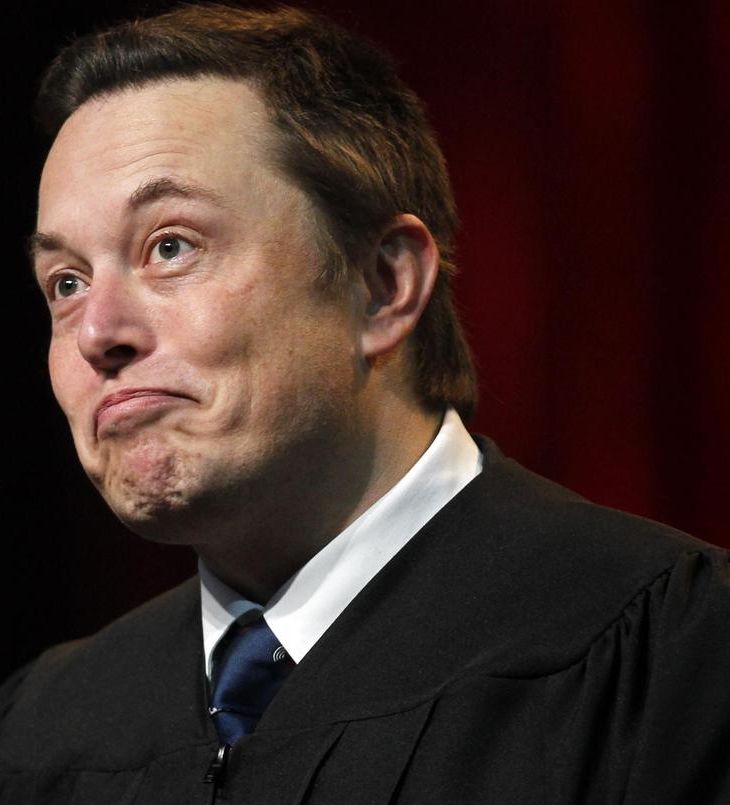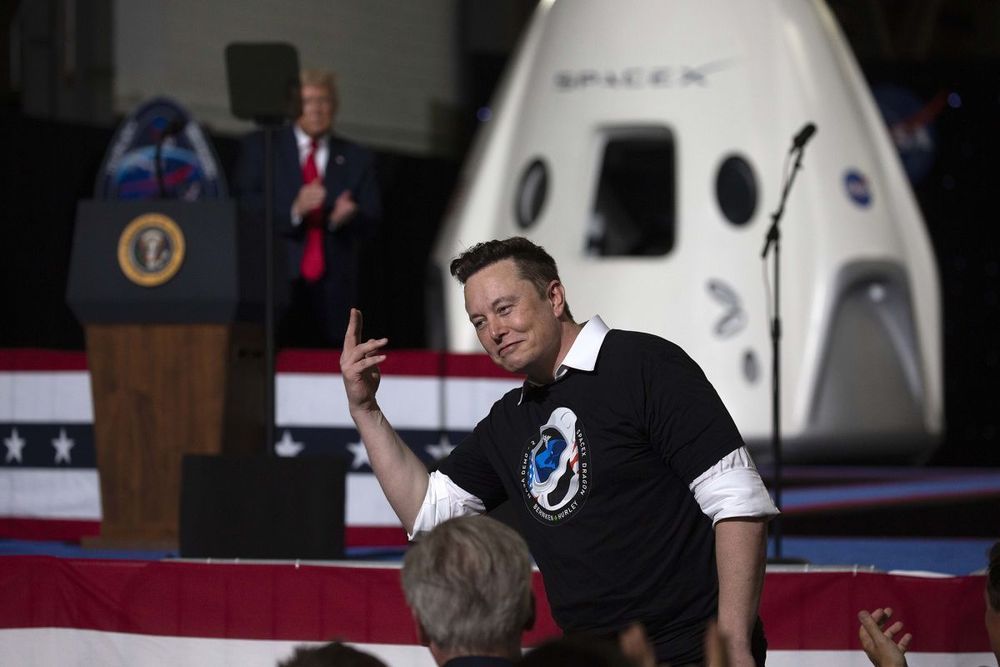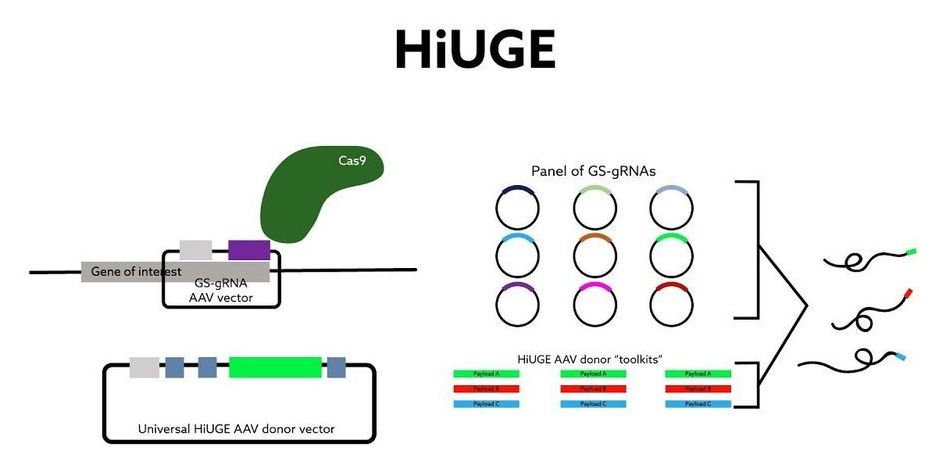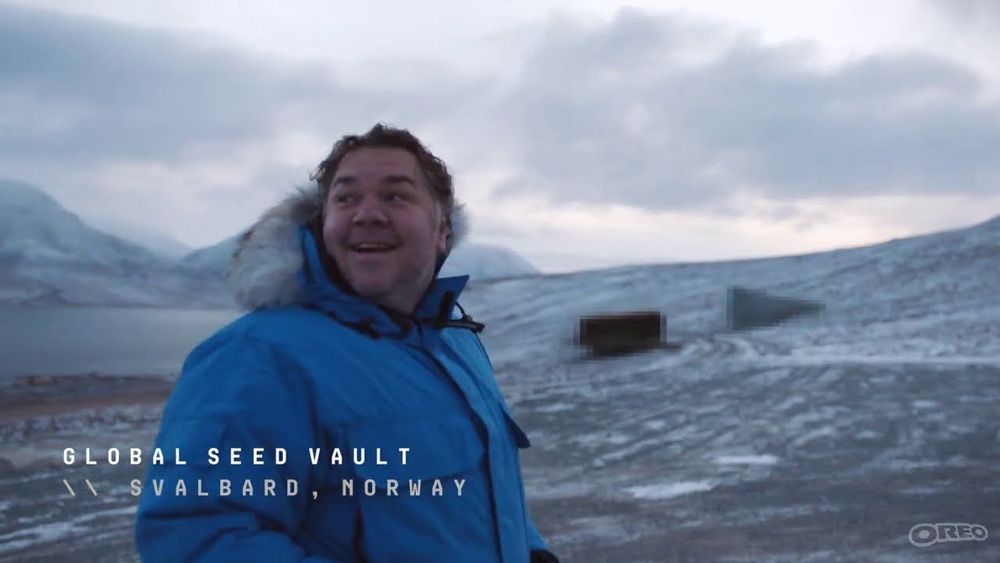
We know that our understanding of reality is pretty biased. Our senses, our cultures, and our knowledge shape how we see the world. And if you think that science will always give you objective reality, you might want to reconsider.
Physicists have finally been able to test a thought experiment first proposed in 1961 by Nobel Prize winner Eugen Wigner. The experiment is known as “Wigner’s Friend” and the setup is not too complicated. You start with a quantum system that has two states in superposition, which means that until you measure it, both states exist at the same time. For this example, a photon’s polarisation (the axis it spins on) is both horizontal and vertical.
Wigner’s friend is in the lab performing the experiment and once they measure it, the system will collapse and the photon will be fixed into one of those two states. But for Wigner, who is outside the lab unaware of the result of the measurement, the quantum system (which, importantly, also includes the lab) is still in superposition. Despite contradictory results, they are both correct. (This is similar to Schrödinger’s cat, a thought experiment also about superposition, if Schrödinger and his cat-in-a-box were also in a box.) So, two objective realities, Wigner’s and Wigner’s friend’s, appear to coexist. And this is a problem.









